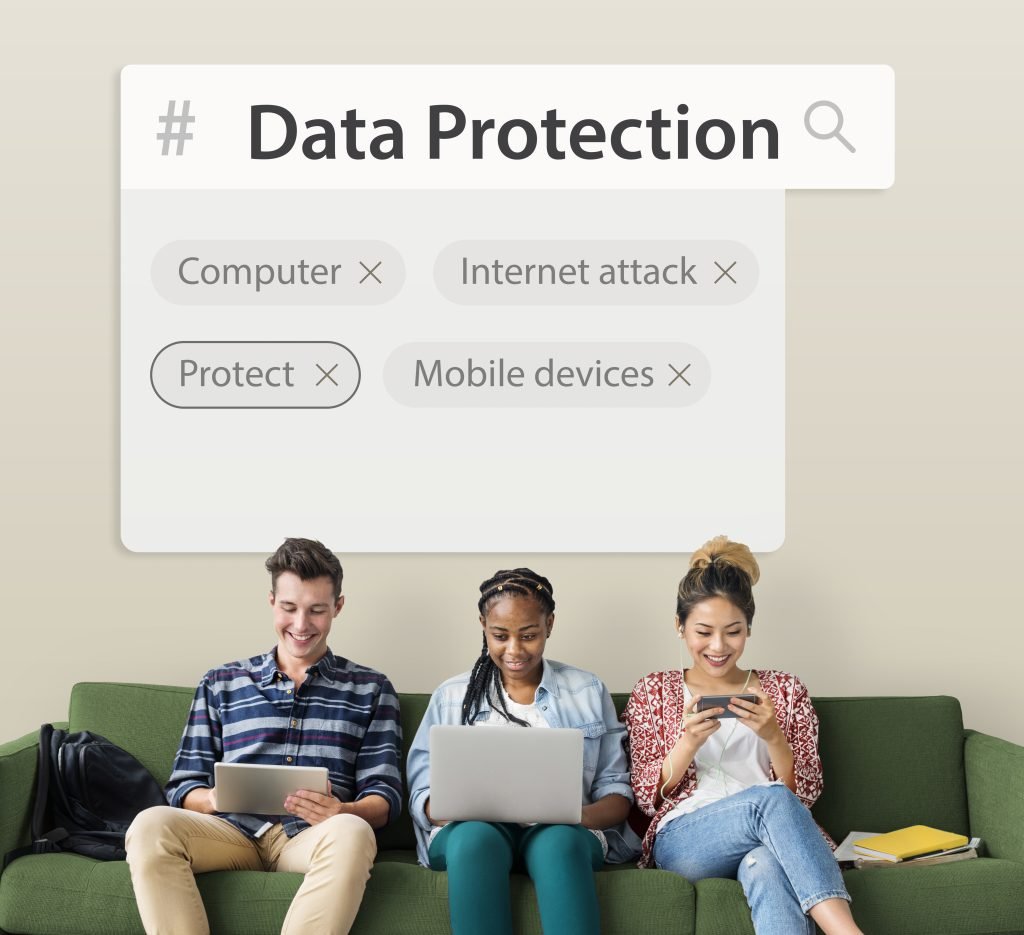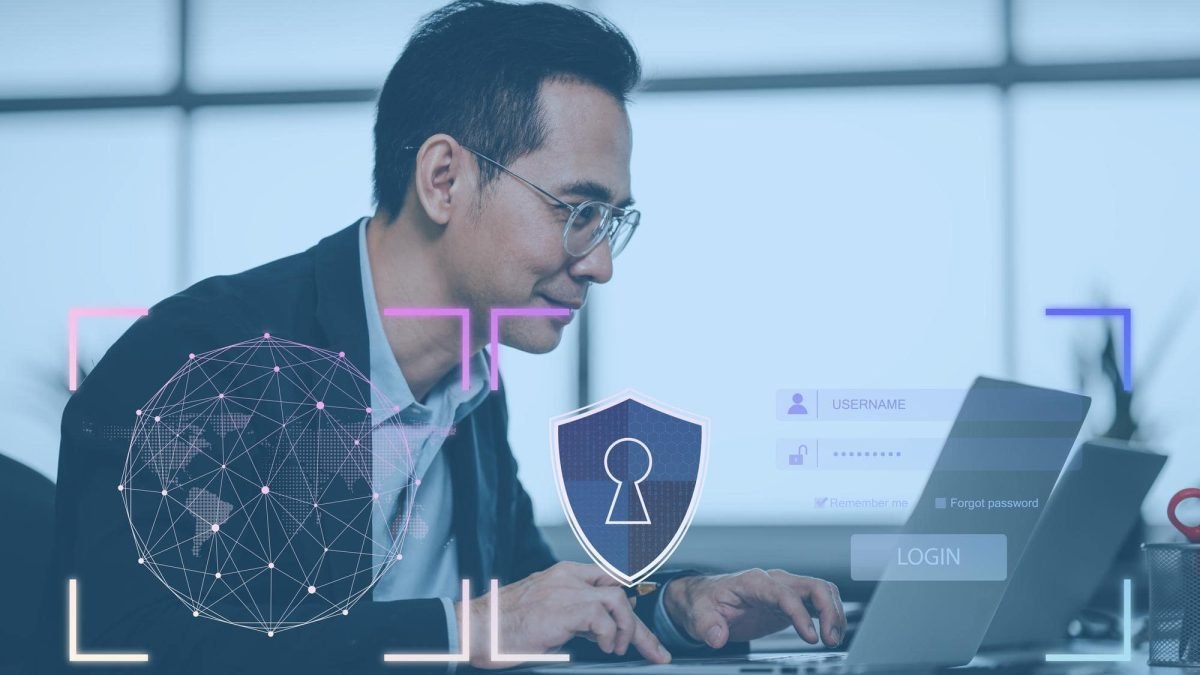Cybersecurity is more than a must in this digital age; it’s a vital defense against the many risks roaming the vast internet. Traditional security programs need help keeping up with the new, more complex hacks. Because of this, next-generation antivirus (NGAV) technologies have emerged. These use more powerful methods to find and stop risks.
In fact, a survey by Cybersecurity Ventures found that 64% of organizations are using NGAV solutions, and this number is expected to grow to 80% by 2025. This blog talks about the new features in NGAV and how they are changing how hacking is done.
YOU MAY ALSO LIKE: A complete Facebook data breach & privacy leak timeline (2005 to 2021)
The Evolution of Antivirus Software
In the past, security software depended heavily on signature-based identification. This method uses a collection of known virus fingerprints to find threats. It works well against studied malware but doesn’t find zero-day flaws or new attacks that still need a mark.
The flaws in old-style security software have become clearer over time. Because hackers are using more complex methods, like polymorphism and metamorphic malware, it’s clear that we need better ways to protect ourselves. Because of this need, next-generation security programs were created.
What is Next-Generation Antivirus?
Next-generation antivirus (NGAV) encompasses a range of advanced cybersecurity solutions that go beyond traditional signature-based detection methods. NGAV combines artificial intelligence (AI), machine learning (ML), behavioral detection, and cloud-based analytics to protect against cyber threats.
Core Components of NGAV
- Behavioral Detection: At the heart of NGAV is its ability to analyze the behavior of programs and files in real time. Traditional antivirus solutions might miss malware that does not match a known signature. In contrast, NGAV systems monitor how programs interact with the operating system, other programs, and user data. Suspicious behaviors, such as unauthorized attempts to modify system files or encrypt files rapidly, can trigger alerts and preventive actions, offering protection against ransomware and zero-day exploits with no known signatures.
- Machine Learning: NGAV solutions harness the power of machine learning to improve threat detection and response. By analyzing vast datasets of both benign and malicious software, machine learning models can learn to distinguish between normal and potentially harmful behavior. These models continuously evolve, adapting to new and emerging threats. The ability to learn from patterns makes NGAV exceptionally effective against polymorphic and metamorphic malware that changes its code to avoid detection.
- Cloud Integration: Leveraging cloud technology is another hallmark of NGAV. Many NGAV systems use cloud-based architectures to process and analyze data, which allows them to scale rapidly and incorporate real-time threat intelligence from across the globe. This integration means that even the newest malware signatures and suspicious behavior patterns are quickly identified and shared, ensuring that all connected systems are protected from emerging threats.
- Exploit Mitigation: NGAVs are equipped with specific tools designed to mitigate the risks posed by software exploits. These tools monitor common entry points for exploits, such as browsers and network connections, and apply various heuristic and behavior-based rules to block malicious activities. For example, an NGAV might prevent certain types of memory manipulation commonly used in buffer overflow attacks, significantly reducing the risk of exploitation.

Key Features of NGAV:
- AI and Predictive Analytics: By integrating AI, NGAV systems can analyze patterns and predict potential new threats before they manifest. Predictive analytics allows these systems to adapt to new malware tactics and techniques, offering proactive rather than reactive protection.
- Endpoint Detection and Response (EDR): EDR capabilities are often integrated within NGAV platforms to provide more detailed insights into threat patterns and help mitigate them effectively. EDR systems collect and analyze detailed forensic data from endpoints, offering administrators a comprehensive view of any security incident and its impact. This data is crucial for tracing the root cause of breaches, removing attackers from the network, and preventing future attacks.
- Sandboxing: NGAV systems frequently utilize sandboxing technology, which allows potentially malicious software to run in an isolated environment separate from the main operating system. This containment strategy prevents malware from causing harm, enabling the NGAV to analyze its behavior thoroughly. The insights gained from this analysis help strengthen the system’s defenses against similar or previously unknown types of attacks.
- Threat Intelligence Platforms: Modern NGAV solutions are increasingly interconnected with global threat intelligence platforms. These platforms aggregate data on new and existing threats worldwide, enhancing the predictive capabilities of NGAV systems. By accessing a broader database of threat intelligence, NGAV systems can respond more swiftly and accurately to threats as they arise, protecting users from even the most advanced malware.
The Impact of NGAV on Cybersecurity
Next-generation protection technologies will have a huge effect on security. By switching from a reactive to a proactive approach, NGAV creates a strong defense that can adapt to changing online threats. This flexible method makes companies and people safer, and it is also an important part of the larger fight against hacking.
The addition of AI and ML to NGAV systems also changes the game. It speeds up reaction times, cuts down on false hits, and helps us better understand the patterns that make up harmful actions. This makes safety steps more efficient and effective, freeing up people to work on more important jobs.
NGAV technologies significantly reduce the time required to respond to security incidents. Integrating cloud-based intelligence and real-time data analysis allows these systems to identify threats and automate responses without human intervention quickly. This rapid response capability is crucial in minimizing the impact of attacks and ensuring that breaches are contained before they can spread across networks.
Conclusion
Being increasingly digital means online risks are becoming more frightening. Next-generation antivirus software (NGAV) is the best way to fight these threats because it has new features that older software can’t match. NGAV is a big step forward in our efforts to keep our computers safe because it uses machine learning, behavioral analysis, and cloud integration.
The future of safety lies in these cutting-edge technologies, which are still being developed and used. To stay safe from tomorrow’s advanced cyber dangers, businesses, and people need to stay educated and use NGAV options. The safety of our digital contacts should be a top concern as we continue to use technology in every part of our lives.
YOU MAY ALSO LIKE: What is privacy technology & why is it important for businesses?
Continue reading iTMunch for the latest social media news, articles, and new trends!
Feature Image Source: Image by freepik
Image 1 Source: Image by rawpixel.com





